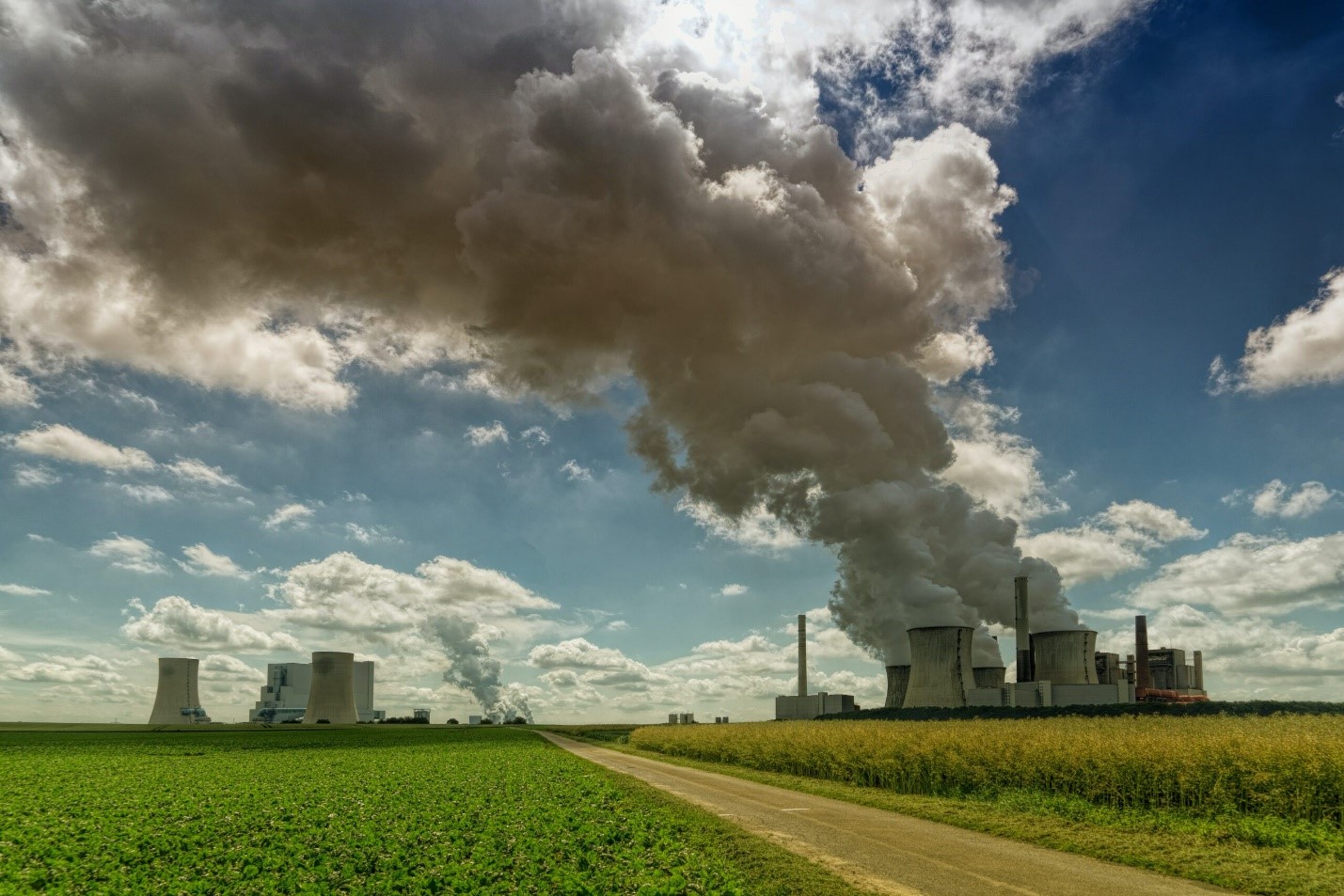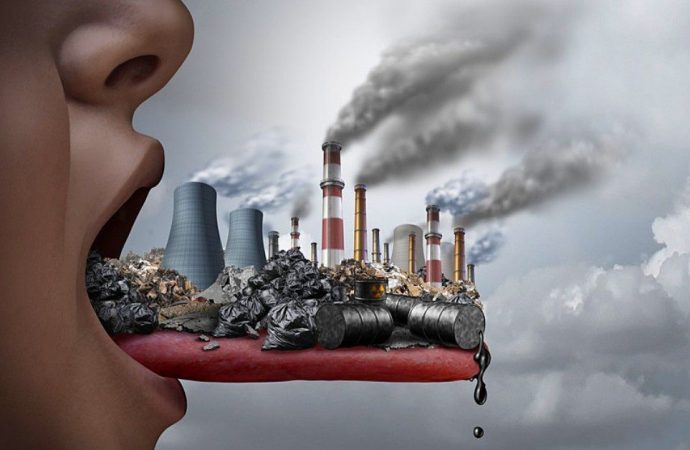Environmental toxins, often invisible and insidious, have become a significant concern in public health discourse. These harmful substances, which include chemicals, pollutants, and heavy metals, permeate our air, water, soil, and food. Their pervasive presence raises critical questions about their impact on human health. This article delves into the various sources of environmental toxins, their
Environmental toxins, often invisible and insidious, have become a significant concern in public health discourse. These harmful substances, which include chemicals, pollutants, and heavy metals, permeate our air, water, soil, and food. Their pervasive presence raises critical questions about their impact on human health. This article delves into the various sources of environmental toxins, their pathways into the human body, and the resultant health implications.
Sources of Environmental Toxins
Environmental toxins originate from a multitude of sources, both natural and anthropogenic.
Industrial Pollution
Factories and manufacturing plants release a plethora of chemicals into the air and water. Common pollutants include volatile organic compounds (VOCs), heavy metals like lead and mercury, and particulate matter. These substances can travel long distances, affecting air quality and contaminating water bodies far from their original source.
Agricultural Practices
Pesticides, herbicides, and fertilizers used in agriculture contain chemicals that can leach into the soil and groundwater. These substances can persist in the environment for years, entering the food chain and ultimately impacting human health.
Household Products
Many everyday household products, such as cleaning agents, paints, and plastics, contain harmful chemicals. Phthalates, bisphenol A (BPA), and formaldehyde are common culprits that can off-gas into indoor air or leach into food and beverages.
Waste Disposal
Improper disposal of electronic waste, batteries, and other hazardous materials can lead to the release of toxins into the environment. Landfills and incineration processes can also emit harmful substances, contributing to soil and air pollution.
Pathways into the Human Body
Environmental toxins can enter the human body through various routes, including inhalation, ingestion, and dermal absorption.
Inhalation
Airborne pollutants, such as smog, industrial emissions, and vehicle exhaust, can be inhaled directly into the lungs. Fine particulate matter (PM2.5) and gases like nitrogen dioxide (NO2) and sulfur dioxide (SO2) are particularly harmful as they can penetrate deep into the respiratory system.
Ingestion
Contaminated food and water are significant sources of toxin ingestion. Pesticide residues on fruits and vegetables, heavy metals in fish, and microplastics in drinking water are just a few examples of how toxins can enter the digestive system.
Dermal Absorption
Certain chemicals can be absorbed through the skin. This route is particularly relevant for individuals exposed to toxic substances in occupational settings, such as agricultural workers handling pesticides or factory workers dealing with industrial chemicals.

Picture by: Yandex.com
Health Implications
The health effects of environmental toxins can be acute or chronic, depending on the level and duration of exposure. The impact can range from mild irritations to severe, life-threatening conditions.
Respiratory Issues
Airborne toxins are major contributors to respiratory diseases. Exposure to pollutants like PM2.5 and NO2 can lead to conditions such as asthma, chronic obstructive pulmonary disease (COPD), and lung cancer. Children and the elderly are particularly vulnerable to these effects.
Cardiovascular Diseases
Studies have shown a strong correlation between exposure to air pollution and cardiovascular diseases. Pollutants can induce oxidative stress and inflammation, leading to hypertension, heart attacks, and strokes.
Neurological Effects
Heavy metals like lead and mercury are neurotoxic and can have severe effects on brain function. Lead exposure, particularly in children, can result in cognitive deficits, behavioral issues, and developmental delays. Mercury exposure is linked to neurological disorders, including tremors, memory loss, and motor dysfunction.
Endocrine Disruption
Certain environmental toxins, known as endocrine disruptors, can interfere with hormone function. Chemicals like BPA and phthalates can mimic or block hormones, leading to reproductive issues, developmental problems, and an increased risk of cancers such as breast and prostate cancer.
Cancer
Many environmental toxins are carcinogenic. Long-term exposure to substances like asbestos, benzene, and certain pesticides has been linked to various cancers, including lung, liver, and bladder cancer.
Immune System Impairment
Exposure to environmental toxins can weaken the immune system, making individuals more susceptible to infections and diseases. Persistent organic pollutants (POPs), such as dioxins and polychlorinated biphenyls (PCBs), are particularly harmful in this regard.
Vulnerable Populations
While environmental toxins affect everyone, certain populations are more vulnerable due to various factors such as age, occupation, and socioeconomic status.
Children
Children are particularly susceptible to the harmful effects of environmental toxins due to their developing bodies and behaviors, such as hand-to-mouth activities. Exposure to toxins during critical periods of development can have long-lasting impacts on health.
Pregnant Women
Pregnant women exposed to environmental toxins can pass these substances to their developing fetus, leading to birth defects, low birth weight, and developmental disorders.
Low-Income Communities
Low-income communities often face higher exposure to environmental toxins due to proximity to industrial areas, inadequate housing, and limited access to healthcare. Environmental justice initiatives aim to address these disparities and protect vulnerable populations.
Mitigation and Prevention
Addressing the impact of environmental toxins on human health requires a multifaceted approach involving policy changes, community action, and individual efforts.
Policy and Regulation
Governments play a crucial role in regulating and mitigating environmental toxins. Policies such as the Clean Air Act, Safe Drinking Water Act, and regulations on pesticide use are essential for protecting public health. Continuous monitoring and updating of these regulations are necessary to address emerging threats.
Community Action
Community awareness and action can drive change at the local level. Grassroots organizations can advocate for cleaner environments, better waste management practices, and stricter enforcement of existing regulations. Community education programs can also inform residents about the risks of environmental toxins and ways to minimize exposure.
Individual Efforts
Individuals can take several steps to reduce their exposure to environmental toxins:
- Dietary Choices: Opt for organic produce to minimize pesticide exposure and avoid fish high in mercury.
- Household Practices: Use natural cleaning products, avoid plastics containing BPA, and ensure proper ventilation to reduce indoor air pollution.
- Personal Protection: Use protective gear when handling chemicals and follow safety guidelines in occupational settings.
Conclusion
The impact of environmental toxins on human health is a pressing issue that demands immediate attention and action. Understanding the sources and pathways of these toxins, along with their health implications, is crucial for developing effective mitigation strategies. By combining policy initiatives, community action, and individual efforts, we can work towards a healthier and safer environment for all.
















